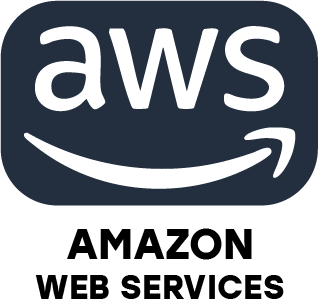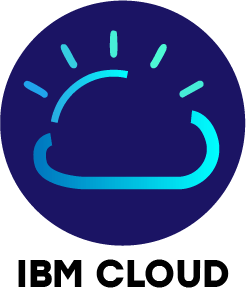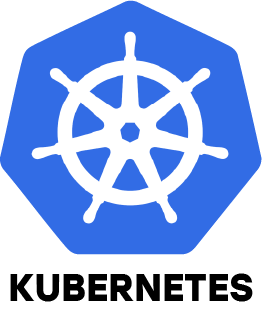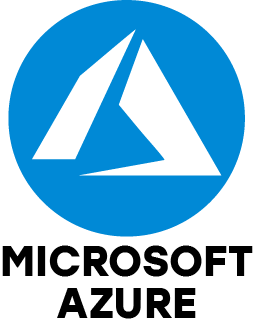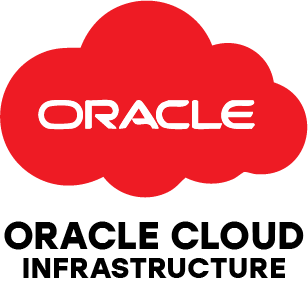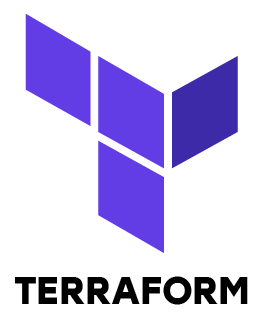1. How do IaaS, PaaS and SaaS differ in cloud computing?
Ans:
IaaS provides virtual servers, storage and networking, allowing users full control over operating systems and applications. PaaS offers a ready-to-use platform for developing and deploying applications without managing servers. SaaS delivers complete software online, fully maintained by the provider, accessible directly via a browser. Each model balances control, flexibility and convenience differently.
2. How can data in cloud services like AWS S3 be secured?
Ans:
Data security in AWS S3 is maintained through strict bucket policies, IAM roles and access controls. Encryption should be enabled for data at rest and in transit. Additional measures, such as private buckets, versioning, logging and multi factor authentication further enhance protection against unauthorized access.
3. How does AWS auto-scaling work?
Ans:
AWS auto-scaling automatically adjusts the number of EC2 instances according to traffic demands. During peak usage, it launches additional instances to maintain performance and demand decreases it reduces the number of instances to save costs. System metrics like CPU usage are monitored to manage scaling efficiently.
4. What is the role of IAM in cloud security?
Ans:
IAM ensures only authorized users can access cloud resources. It assigns roles and permissions based on job responsibilities, minimizes unauthorized access risks and supports multi-factor authentication providing comprehensive security management for cloud environments.
5. What are the basic steps for deploying a web application on AWS or Azure?
Ans:
Deployment starts with creating a virtual machine, installing a web server and uploading the application. After that, set up firewall rules to permit web traffic connect a domain name and monitor the application to ensure it functions smoothly. This process ensures proper setup, accessibility and performance.
6. How does a Virtual Private Cloud (VPC) function?
Ans:
A VPC is a secure, private network in the cloud that allows you to manage resources safely. It enables organization into subnets, setting routing rules and controlling internet access, similar to a traditional data center but with the flexibility and scalability of cloud infrastructure.
7. How are CI/CD pipelines applied in cloud DevOps?
Ans:
Testing and deployment are automated by CI/CD pipelines of code in cloud-based projects. Continuous Integration automatically tests and merges code changes, while Continuous Delivery deploys updates without manual intervention. Tools like AWS CodePipeline and GitHub Actions speed up development and reduce errors.
8. What distinguishes horizontal scaling from vertical scaling?
Ans:
A single unit capacity is increased by vertical scaling. server by adding CPU, RAM or storage. Horizontal scaling adds multiple servers to share workloads across the system. Horizontal scaling is ideal for large applications, whereas vertical scaling is simpler but limited by hardware constraints.
9. How can monitoring and alerting be implemented in cloud infrastructure?
Ans:
Monitoring uses tools like AWS CloudWatch or Azure Monitor to track critical metrics such as CPU and memory usage It is possible to set up alerts to send administrators an email or SMS thresholds are exceeded, enabling quick issue resolution and maintaining service reliability.
10. What challenges are commonly faced during cloud migration?
Ans:
Cloud migration challenges include securing data during transfer, ensuring application compatibility, avoiding downtime, managing costs and training teams on new cloud tools. Proper planning, testing and phased execution are essential to ensure a smooth transition.

